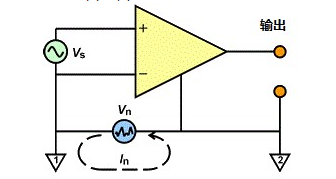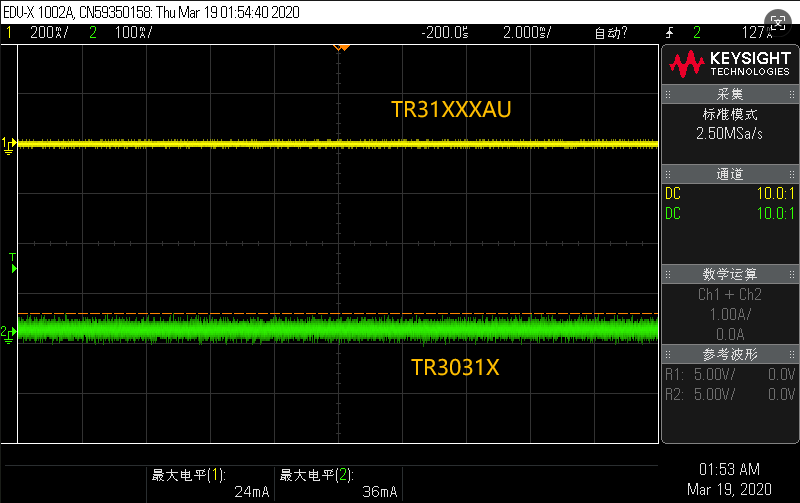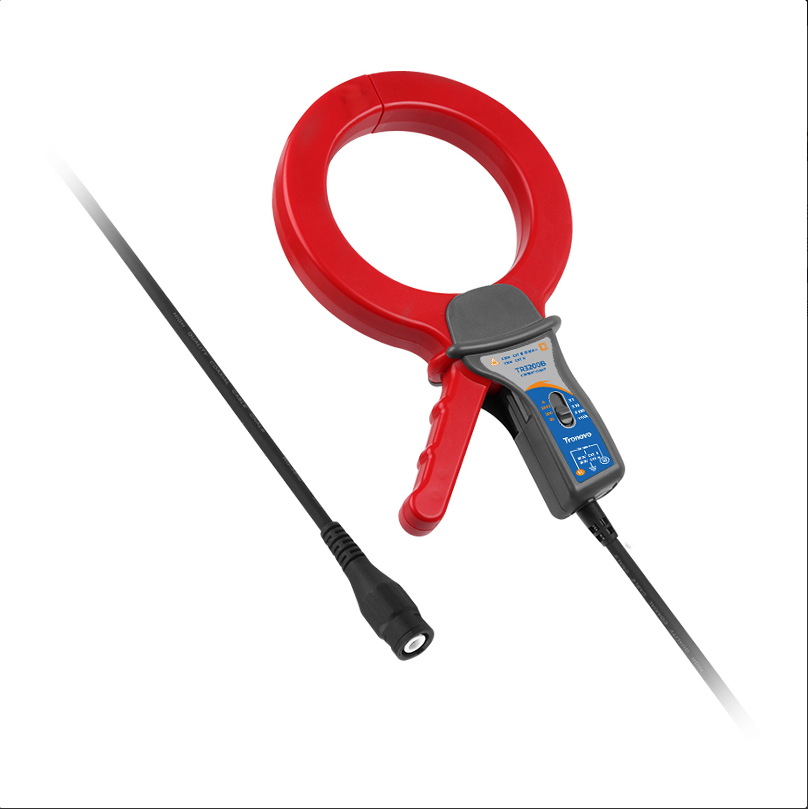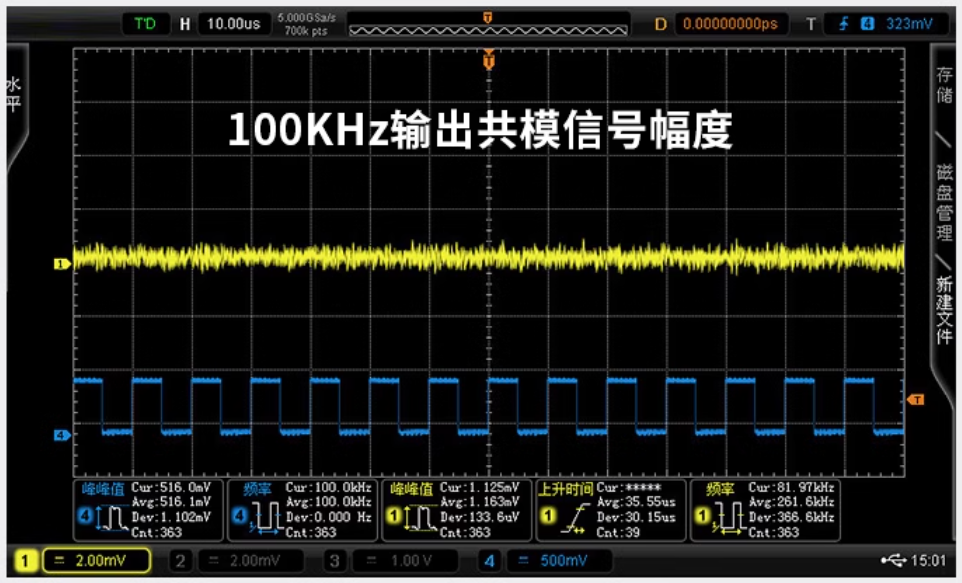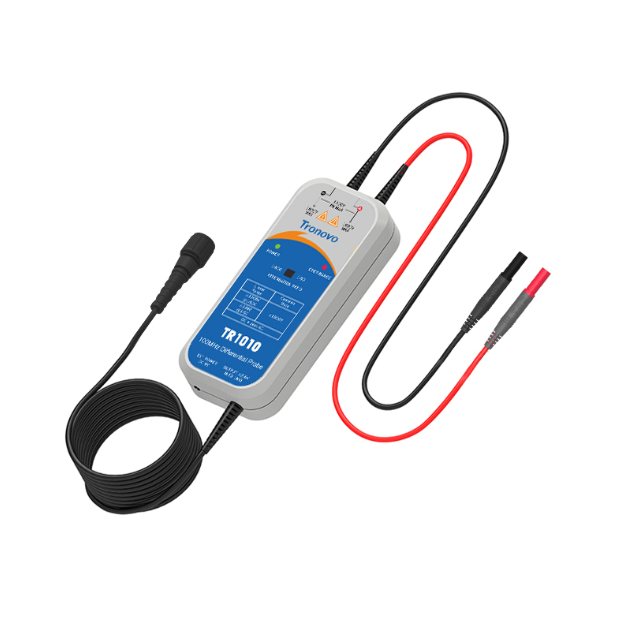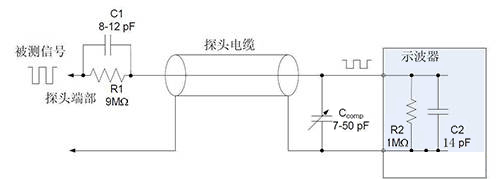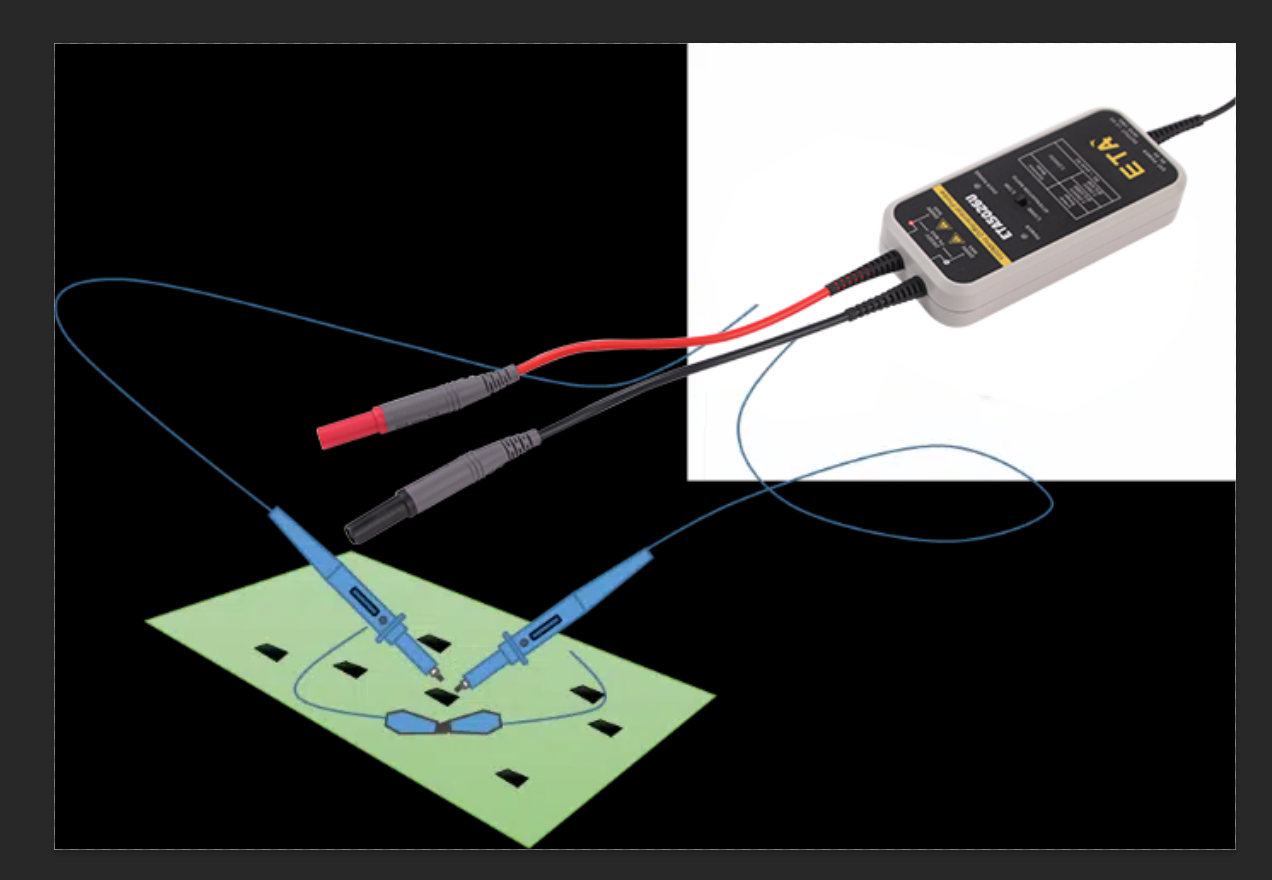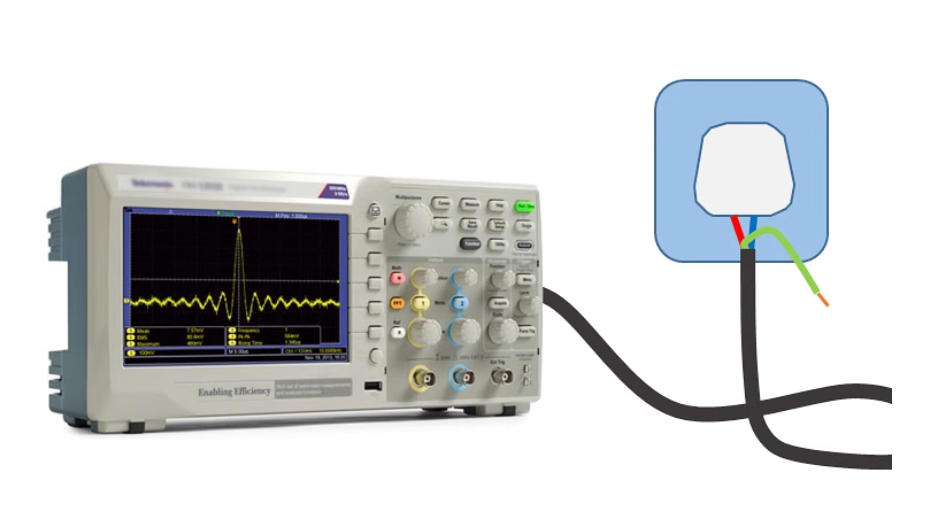Differential probes play a vital role in the field of electronic measurement. In the application of wide-bandwidth oscilloscopes, differential probes have significant advantages over single-ended probes, which are mainly reflected in the following 3 aspects:
Strong anti-interference ability: The close coupling between the differential traces enables external noise interference to be captured by two lines at the same time. Since the receiving end only focuses on the difference between the two signals, the common mode noise can be greatly canceled. This structure is similar to a differential amplifier, which consists of two transistors with the same parameter characteristics through direct coupling. When the two input terminals input signals of the same size and phase, the output is zero, which effectively overcomes the problem of zero drift.
Can effectively suppress EMI (electromagnetic interference): the polarity of the two lines of the differential signal is opposite, and the electromagnetic fields they radiate can cancel each other. This means that the tighter the coupling, the less electromagnetic energy is discharged to the outside world, thereby effectively reducing EMI.
Accurate timing positioning: The switching change of the differential signal occurs at the intersection of the two signals, which is different from the way that ordinary single-ended signals rely on high and low threshold voltages to judge. Therefore, the differential signal is less affected by the process and temperature, and the error in the timing can be reduced, and more accurate timing positioning can be realized.
